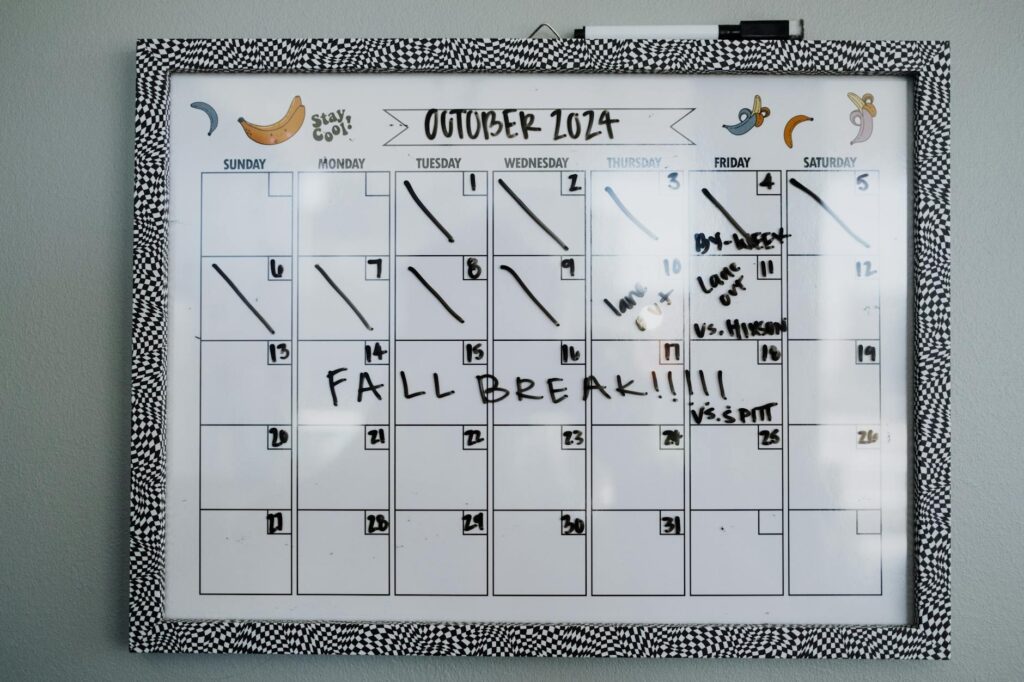What is scheduled breaks techniques?

What is scheduled breaks techniques?
Scheduled breaks techniques are more than just a pause in your workday; they are a strategic approach to managing your time and enhancing productivity. By consciously planning out breaks, you can significantly improve your focus, creativity, and overall well-being. In a world where hustle culture often glorifies non-stop working, recognizing the value of scheduled breaks is crucial for maintaining mental clarity and avoiding burnout.
Understanding Scheduled Breaks Techniques
At its core, scheduled breaks techniques involve intentionally taking time away from work to recharge. This method is essential for enhancing productivity because it allows your brain to rest and reset. When you take regular breaks, you’re not just stepping away from your tasks; you’re giving your mind the opportunity to refresh itself, ultimately leading to better performance.
The Science Behind Scheduled Breaks
Numerous studies show the psychological and physiological benefits of taking breaks. When you work for extended periods without interruption, cognitive fatigue sets in, reducing your ability to concentrate. Scheduled breaks can counteract this fatigue, allowing you to return to your tasks with renewed vigor. According to a Harvard Business Review article, breaks can foster positive attitudes toward work and enhance your performance.
Different Types of Scheduled Breaks Techniques
There are various methods to implement scheduled breaks, each with its unique approach. Here are some of the most popular techniques:
-
Pomodoro Technique: This method involves working for 25 minutes, followed by a 5-minute break. After completing four cycles, you take a longer break of 15-30 minutes. This technique helps maintain focus while ensuring regular intervals of rest.
-
Time-blocking: In this approach, you allocate specific blocks of time for different tasks, including breaks. By scheduling breaks as part of your workday, you create a structured environment that encourages productivity.
-
52/17 Rule: Research indicates that working for 52 minutes, followed by a 17-minute break, maximizes focus and productivity. This balance allows for intense work followed by sufficient downtime.
Benefits of Implementing Scheduled Breaks Techniques
Integrating scheduled breaks into your routine can lead to several benefits, including improved focus, greater creativity, and enhanced overall productivity.
Enhancing Focus and Concentration
Scheduled breaks can refresh your mind and help prevent burnout. When you step away from your work, even for a short time, you allow your brain to process information and reset your mental state. This strategy can lead to increased clarity and focus when you return to your tasks.
Improving Work-Life Balance
Scheduled breaks also play a vital role in achieving a healthier work-life balance. When you consciously take breaks, you signal to yourself that your time is valuable. This can help you better manage your workload and enjoy downtime without the guilt that often accompanies taking a breather.
How to Effectively Incorporate Scheduled Breaks Techniques
Incorporating scheduled breaks into your daily routine can be seamless with a few practical steps.
Creating a Break Schedule
Start by assessing your personal work rhythms. Identify when you’re most productive and when you tend to feel fatigued. Based on this self-awareness, create a break schedule that aligns with your work patterns. For example, if you find your focus wanes after an hour, consider implementing the Pomodoro Technique to structure your work and break intervals.
Tools and Resources for Managing Breaks
Several apps and tools can help you effectively manage your breaks. For instance, timers or productivity apps can remind you when it’s time to take a break. Using these tools can help you stay accountable and ensure that you prioritize regular rest periods.

Photo by Kelly
Common Misconceptions About Scheduled Breaks Techniques
Despite the growing evidence supporting scheduled breaks, some misconceptions persist.
Breaking the Myth of Continuous Work
One prevalent belief is that working longer hours without breaks leads to increased productivity. However, research shows that this approach can lead to mental fatigue and decreased efficiency. In fact, taking regular breaks can help maintain focus and enhance productivity, contradicting the myth that non-stop work yields better results.
Conclusion: Embracing Scheduled Breaks Techniques for a Productive Life
Scheduled breaks techniques are not merely about stepping away from your desk; they are about strategically managing your time to improve focus, creativity, and overall productivity. By adopting these techniques, you can foster a healthier work-life balance, combat burnout, and enhance your performance. So, take a moment to consider how you can integrate scheduled breaks into your daily routine. Embrace the power of pause, and watch your productivity soar.